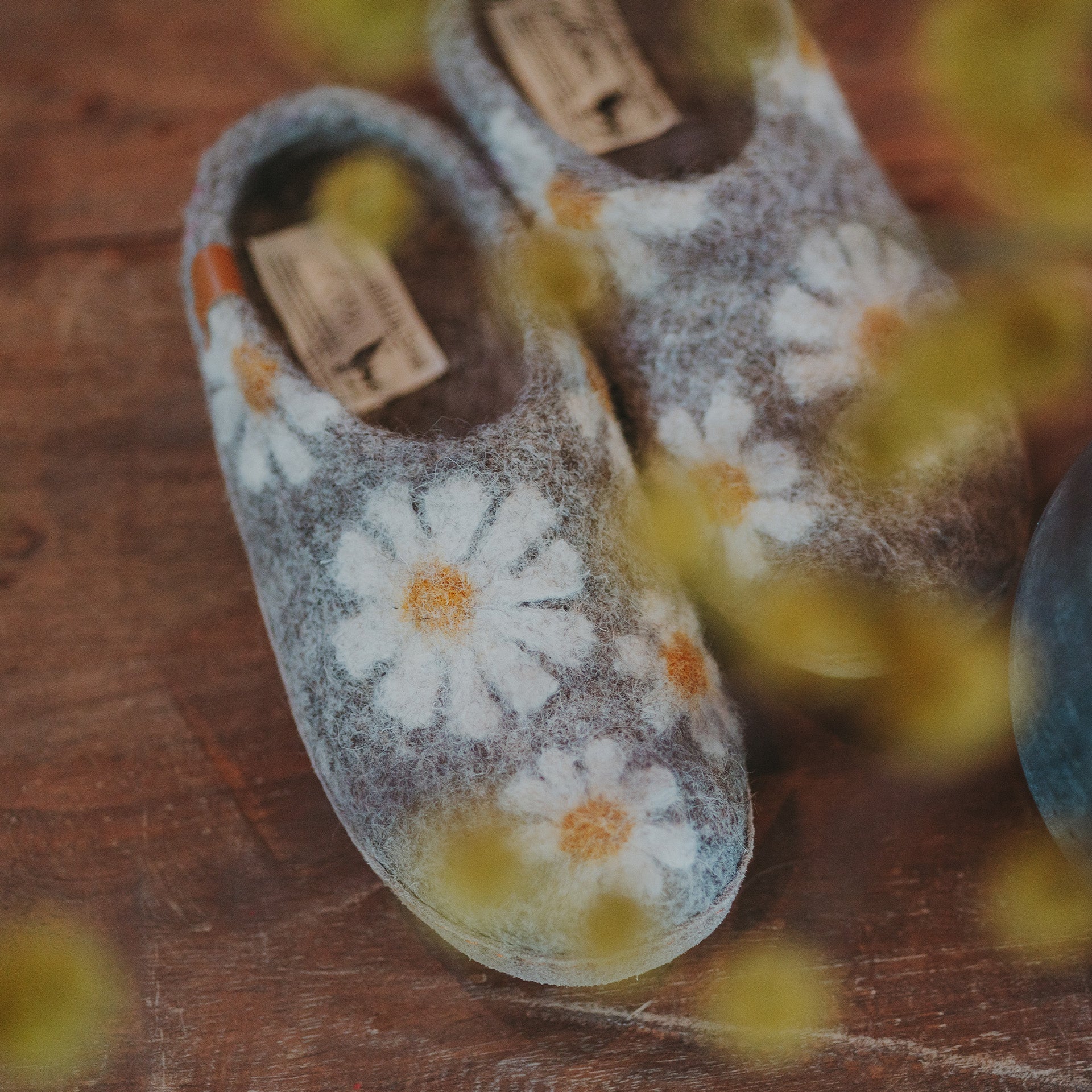Duckfeet are stylish, reliable, and hard-wearing. Give them just a little bit of care to keep them in tip-top shape.
Leather Care Kit
Duckfeet leather is naturally water-resistant. To help maintain this water-resistance as they wear, as well as color and durability, we recommend applying a thin layer of Duckfeet leather care cream from our Leather Care Kit at regular intervals—about once a month. (Note, only apply leather care to shoes you intend to keep. It's also not necessary to apply leather care to your Duckfeet right out of the box). When applying leather care, a little goes a long way. So, it’s better to use a small amount applied regularly than a lot at once to avoid over-saturation. It's also best to apply the cream over all the leather when doing so to ensure uniformity and evenness. Don't forget to apply to the seams and edges! Let the shoe cream sit for a few minutes and then polish with a soft cloth or a clean sponge from the leather care kit. Read our blog post on applying leather cream for more details.
Dirt
If your Duckfeet get dirty, clean them with a damp cloth. Let them dry thoroughly and treat the leather again with Leather Care cream. Be attentive to edges and seams, which should also be treated to maintain the leather and protect your duckfeet against water.
Water
Duckfeet are naturally water-resistant (it’s okay to wear them in rain or snow), but if they become saturated, fill them with crumpled newspaper, and let them air-dry. (Leather boots, shoes, and sandals should not be dried on a radiator since this causes the leather to become dried-out and porous.) When they are completely dried, you can then apply Leather Care cream.
If the leather gets water stains, wipe with a damp cloth. Let them dry, then treat the leather with Leather Care cream.
It’s best to change your footwear daily to give your Duckfeet a day’s rest so they can release the foot’s moisture and dry thoroughly.
Crepe rubber
Crepe rubber soles can become firm when stored at low temperatures. We recommend storing your Duckfeet in an environment between 66–76 °F. If the soles become hard, you can place the shoes inside for a period of time until the crepe rubber is soft again.
Do not leave in direct sunlight. Crepe will soften and become tacky.
Since the natural crepe is untreated, avoid contact with solvents because such substances may dissolve the rubber.
If worn down, the outsoles can be replaced by a local cobbler with our replacement Crepe Soles. (These have a 2–4 week lead time.)






